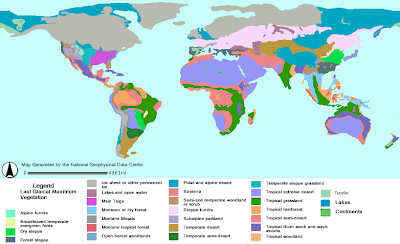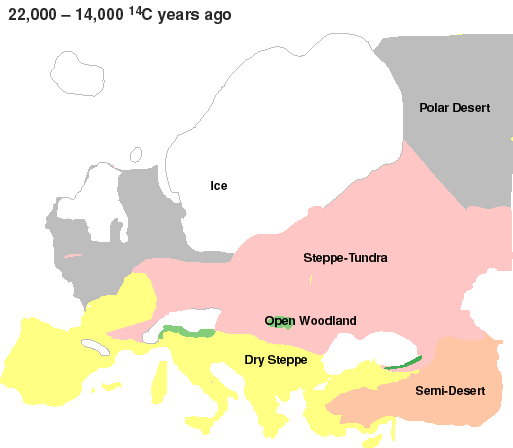Regulus, I must apologize as well:
I said "Let me say this, if we go by onomastic evidence, the Germanic lands as far north as the Main river and as far north and east as Silesia still contain Celtic town names in the 2nd century AD. This suggests a strong Germanic substratum."
...but what I actually meant was "This suggests a strong Celtic substratum."
About the Germanic-Celtic interaction, the Boii, Helveti and Volcae all clearly lived originally north of the Danube and migrated into other areas (Gaul, northern Italy and the Balkans). Strabo and Ptolemy talk of "deserts" (that is, deserted areas) of the Boii and Helvetii, respectively, which roughly correspond with the areas of Bohemia-Bavaria and Swabia, respectively. In fact, the word "Bohemia" -"Boiohaemum" ("Boii-Home") shows how the area was originally Celtic.
The Germanicization of the area between the Main and the Danube probably only happen from the 2nd century BC on, and was probably exacerbated (if not triggered) by the Roman conquest of Gaul, since it lead to a disruption of the Celtic trade routes. In any case, what remained of Celtic-speaking peoples north of the Danube was quickly absorbed subsquently. However, that doesn't change the fact that as late as the 2nd century AD, we still see plenty of evidently Celtic town names in formerly Celtic-speaking areas north of the Danube.
Regarding Beaker-Bell, in my opinion it was clearly non-Celtic, in particular because it covers many areas that are later inhabited by non-Celtic people like Lusitanians, Ligurians, Italics and Germanics. On the flip side, I feel you can make a fairly strong case that Beaker-Bell was already probably Indo-European speaking. OTOH, there's also a lot of non-IE peoples (Basques-Aquitanians, Iberians, Tartessians) in these areas. So, it's very problematic.
The problem is that this glosses so many centuries, and we only see the combined effect of all history occuring in the distribution pattern today, which makes things kind of difficult.




